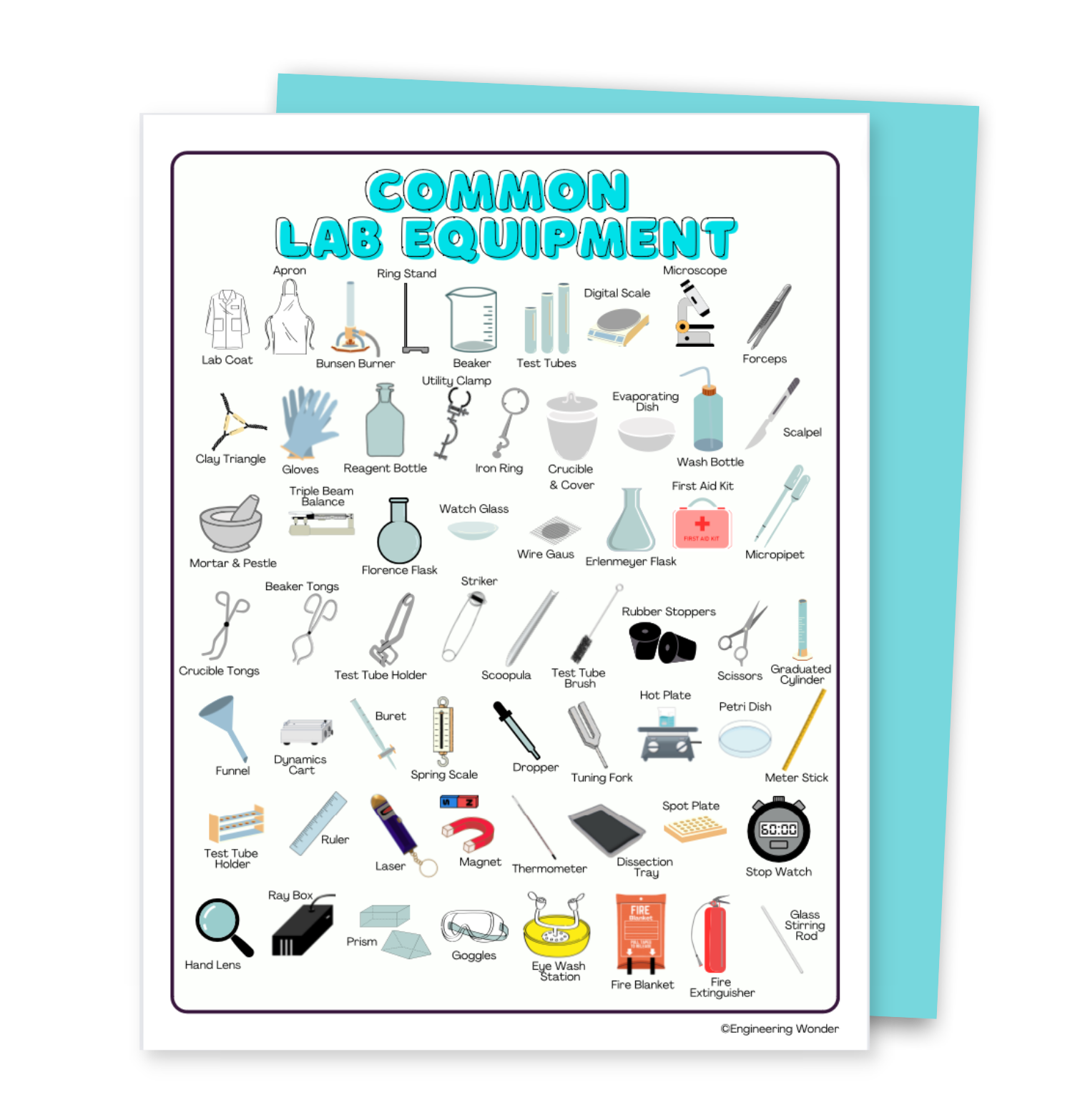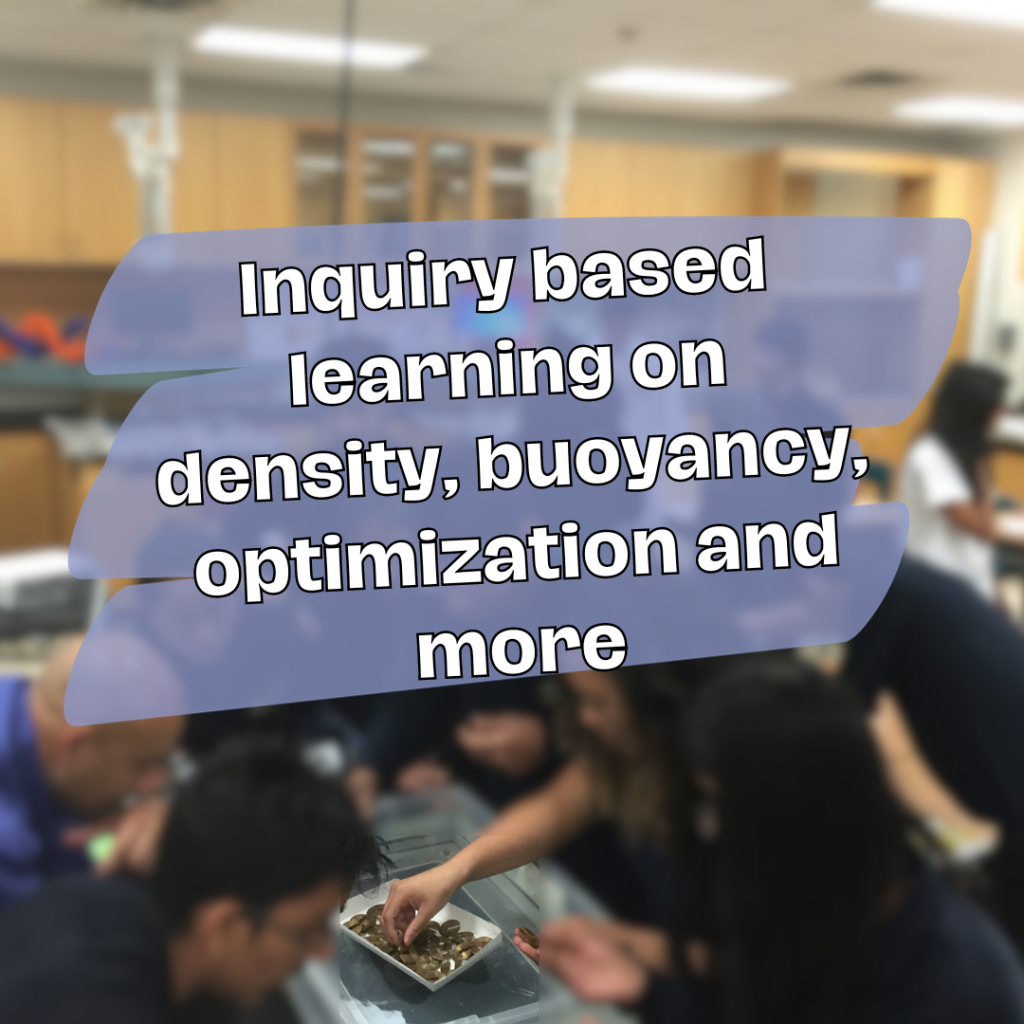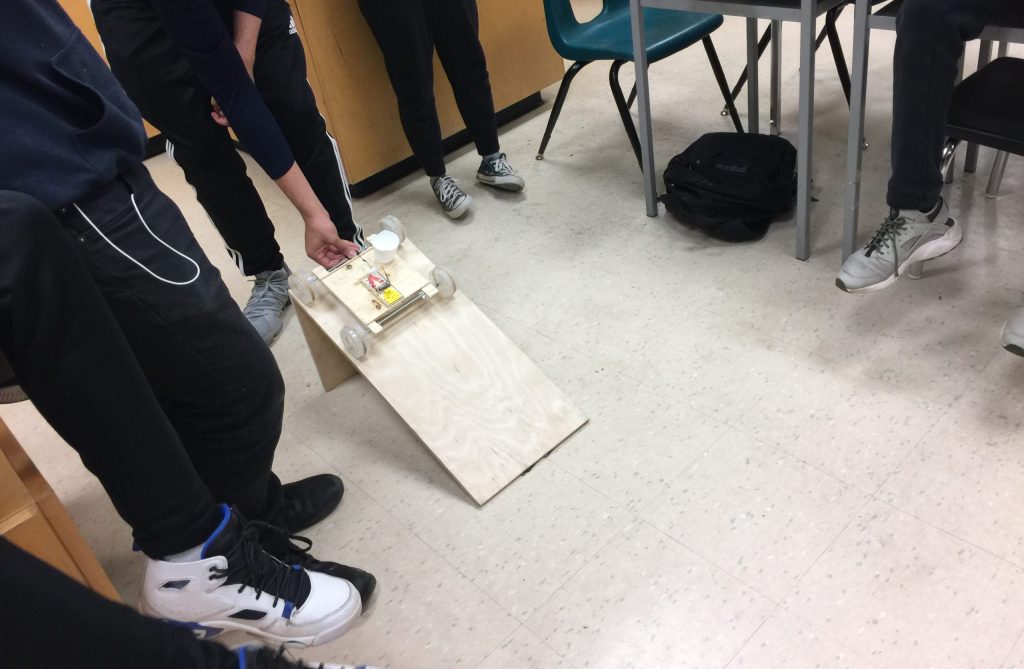Okay, so let’s talk circuit labs. Love ’em! BUT, one obstacle all teachers have to tackle with when doing an experiment or really any planned activity with students is time.
And when you only have an hour or so, you want to make use of every second of that time to be spent exploring whatever amazing lab you’ve setup for your students. After taking attendance, explaining the lab and getting students organized, you’ve already eaten up 10-15 min (YIKES!).
Below I’ve shared my TOP FOUR strategies for setting up a successful circuits lab, but several of these tips can be applied to any experiment you’re thinking of doing.

Develop a killer pre-lab activity or handout that students can review a day or two before your lab so that students are familiar with the tools and materials they’ll be using during the lab. Think about whether students will be using different meters to take measurements or a digital multimeter. Will you use resistors or bulbs? If bulbs, will they be LED or filament? Your pre-lab should reflect the tools and materials you’ll be using.

If you’re planning on having students design and build circuits to study the brightness or take readings at different locations, bulbs are a great way to introduce students to circuits. On the other hand, if you are planning on having students verify Ohm’s Law or Kirchhoff’s Laws then ceramic resistors are the way to go. Remember bulbs are not ohmic materials and so their resistance will change as they heat up.

Creating easy fill Google observation tables and lab templates is a great way to keep your students organized on lab day. Students can use a laptop or their personal devices (dependent on expectations) to quickly record answers and share results with their lab group. This also helps to ensure teachers get more consistency from student lab reports. The focus should be on the learning.

This may not always be possible, but creating kits of the materials each lab group will need can be a game changer. To do this, grab several medium to large Rubbermaid containers (one for each group) and place all the materials needed for each group in the bins. This makes setup 10x easier. Just make sure to build in an accountability measure within your labs, so that groups can be responsible for clean and putting back bins the way they were found.
Hopefully you find some of these tips helpful in running a successful circuit lab in the future. If so, make sure to comment below or reach out. I’d love to hear from you.

THANKS FOR STOPPING BY
I'm so glad to have you here! Since 2010 I've been in the classroom as a Math and Science teacher at the high school level. I am excited to share some of my journey with you, along with helpful resources and ideas you can implement that will make your life easier.

Featured Resource
Digital Multimeters - How to Measure Resistance, Voltage & Current

FREE RESOURCE!
Interested in grabbing this common lab equipment quick reference handout? Great resource for your students to refer to throughout the course to get to know common tools in the lab.


